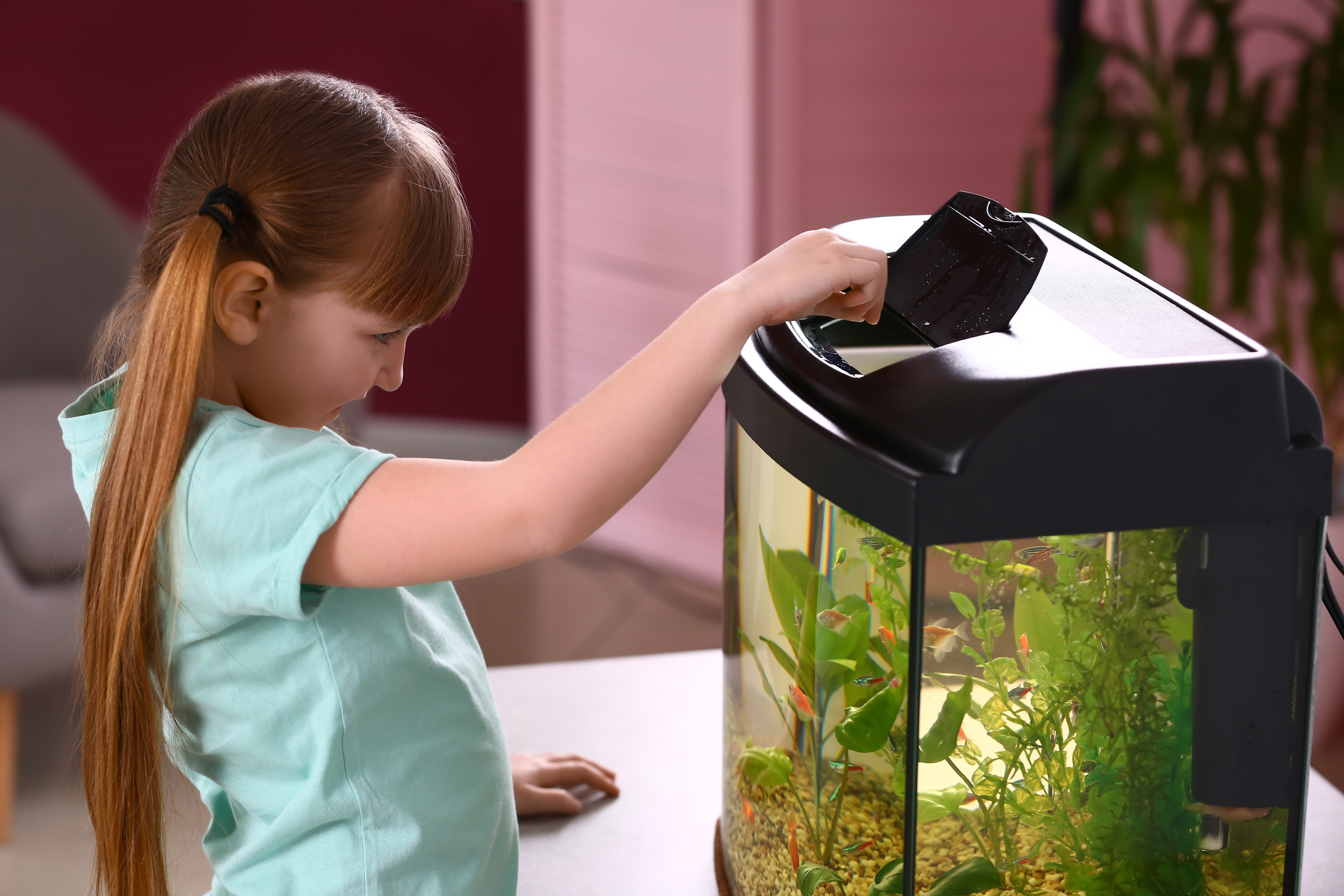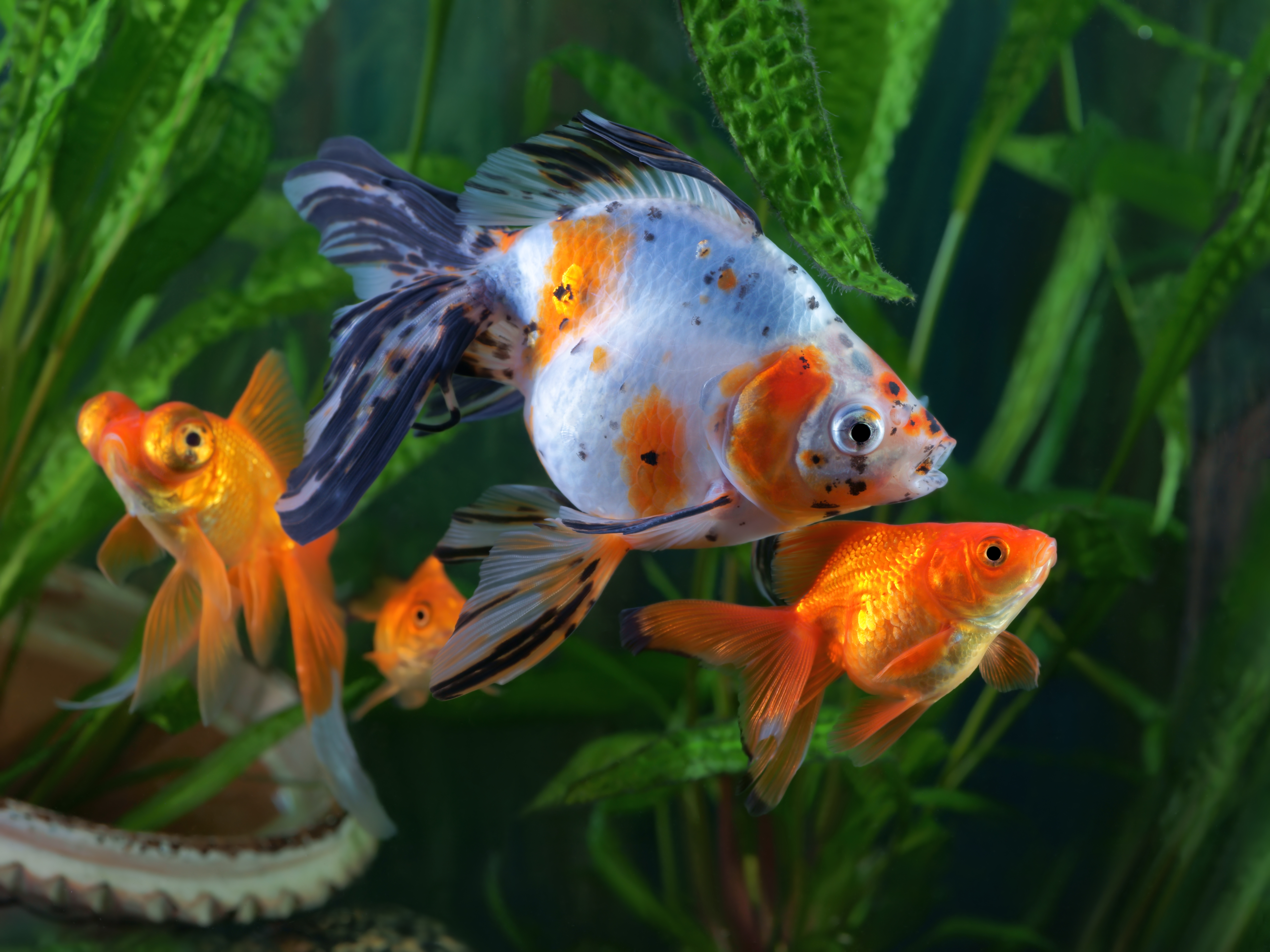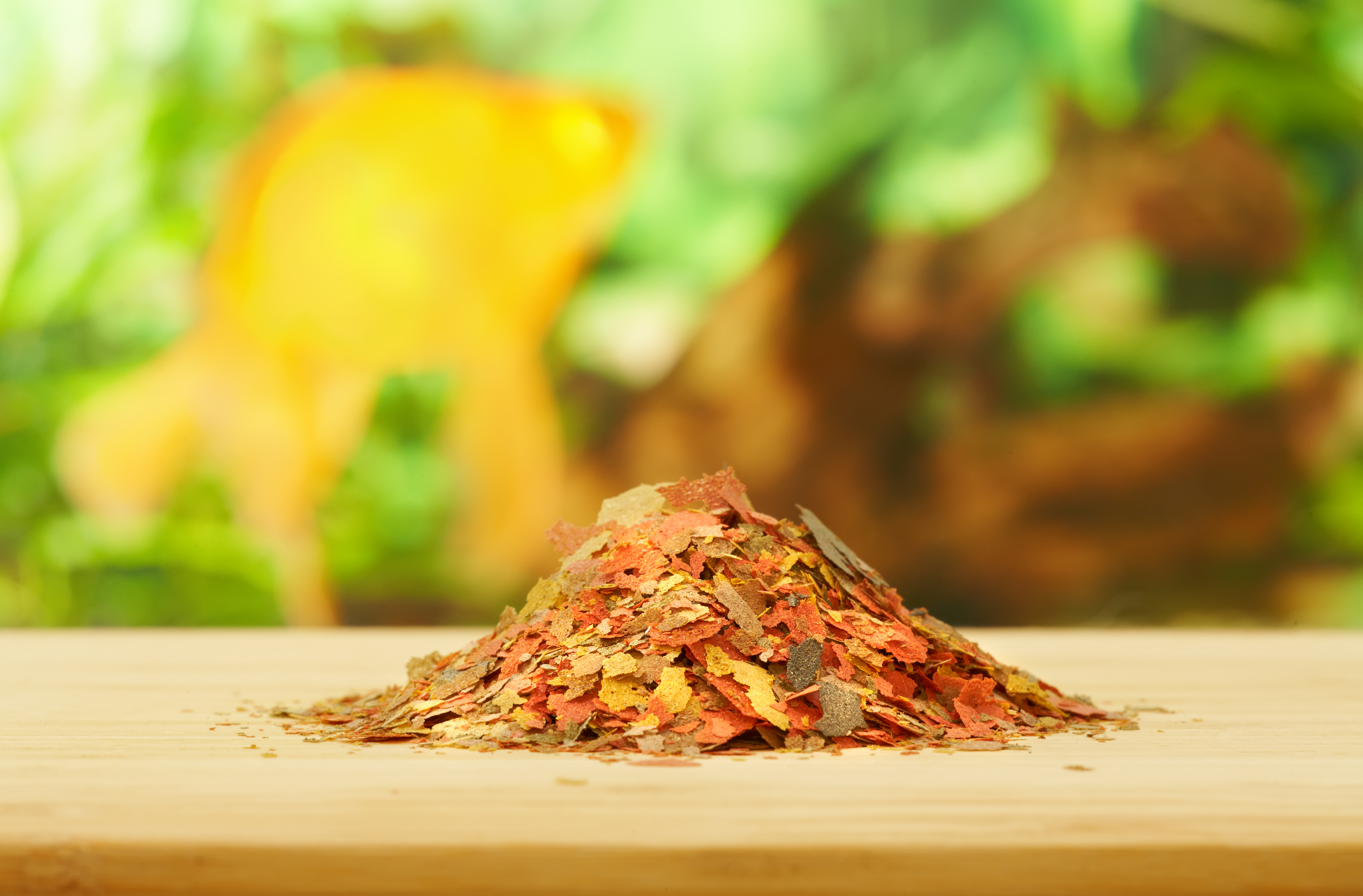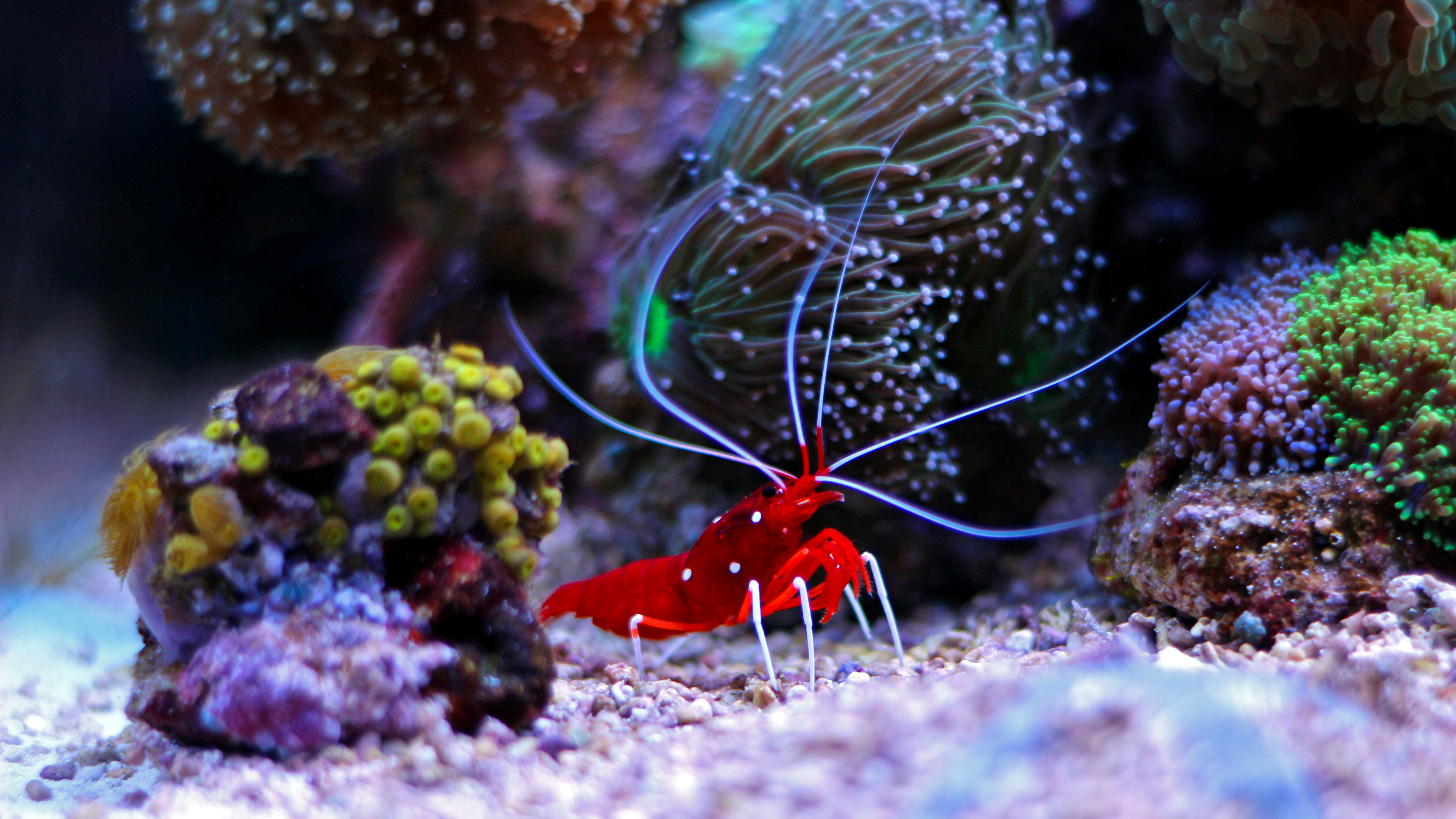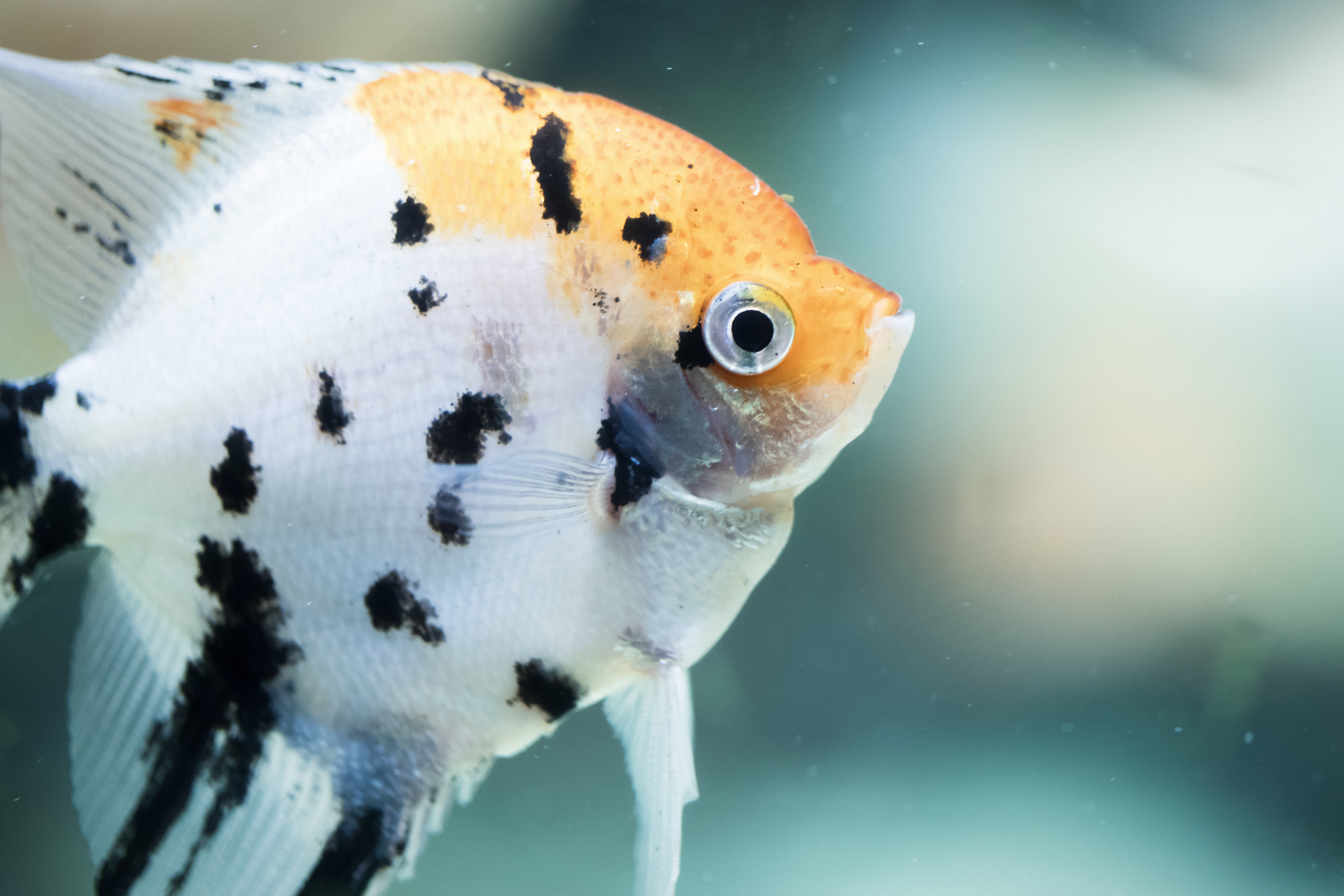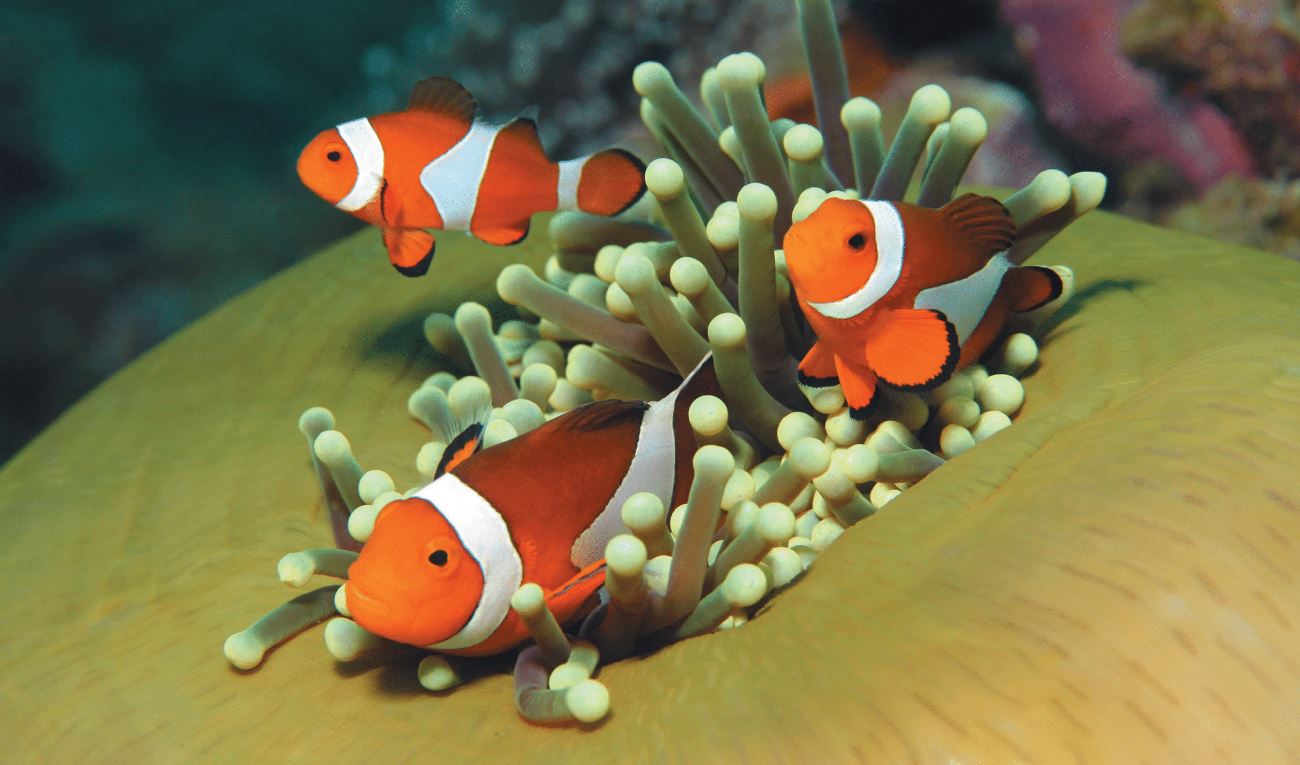From Source to Store
Karen M. Alley //February 8, 2017//
When you examine what is popular in the world of freshwater fish, at first glance the category might look a lot like it did 10, or even 30, years ago. But dive a little deeper beneath the surface, and you find there are a lot of new and exciting things going on in this large and popular segment of fish keeping. From sustainable practices in fish collecting to innovations in food that help keep fish healthier and water cleaner, the new things going on are helping to not only liven things up for long-time hobbyists but also attract some new people to the fold.
One thing that has been changing over the past few years is the level of awareness on the part of customers.
Keyword: Sustainable
“We’re seeing hobbyists becoming more educated and more informed about specific varieties of fish and where they come from,” said Michael Griffith, marketing specialist for Segrest Farms.
For some customers, an emphasis is placed on obtaining wild-caught fish that they know are genetically pure. However, it also means customers are paying attention to how and where these fish are caught, focusing on sustainable practices to ensure the survival of the species and the environmental protection of the fish’s habitat.
This is where groups like Project Piaba come into play. Project Piaba is a non-profit organization researching the home aquarium fishery of the Rio Negro in the Amazon. Trade in home aquarium fish accounts for about 60 percent of the income for people in Barcelos, Brazil.
When asked what they would do if they could not sell fish, many people answered that they would sell timber or raise cattle, options that would drastically change the environment of this area of the Amazon. Project Piaba provides research, education and other resources to local fisheries to promote home aquarium fisheries at commercially and ecologically sustainable levels.
“Project Piaba helps give the people of the Rio Negro an incentive to protect their own environment, rather than farming it out or logging it, without farming the fish to extinction,” Griffith said.
Segrest Farms has partnered with Project Piaba in its quest to make ethical sourcing decisions to provide high-quality fish for sustainably-minded aquarium owners. Other groups are working on promoting sustainable practices as well, including Project Amazonas and the Sustainable Fisheries Group working in Indonesia.
In addition to the wild-caught trade, advances in breeding and fish-keeping are leading to increases in the variety and availability of tank- and farm-raised freshwater fish.
“For example, Altum is one angelfish that hobbyists really like, and it is available either wild-caught or tank-raised, from both Peru and Brazil,” Griffith said.
Benefits of tank- or farm-raised fish include the species being hardier and less stressed, which helps them adjust to the home aquarium quickly and makes them less prone to disease.
Communicating to your customers exactly from where their fish have come is very important in helping build a relationship with your customers as well as making sure they know how to care for the fish. Social media is a great tool for this type of marketing; use it to alert customers of any new species or variety of fish you have available, and also to link to educational material highlighting the importance of sustainable fishing practices and benefits of tank- and farm-raised fish.
You can also design signage for your tanks that gives information about each fish, including its country of origin, how it was procured and specifics for care. The more information you can provide customers upfront, the better off they are when making purchases. Most importantly, be sure your staff is educated on the necessary background information of the fish you have available for sale. Helpful staff who can answer questions are your best ambassadors and key to creating long-lasting customer relationships.
Beyond the Store
While sustainable farming practices and environmental concerns are highly important, ensuring the health and well-being of home aquarium fish goes beyond getting these creatures to retail locations safely. It also means providing customers with the tools necessary to keep fish healthy and happy in the home environment, and the right foods are an important part of that.
“I always tell people, when choosing fish food, turn that can around and look at the ingredients,” said Kelly Randall, marketing director at OmegaSea. “Obviously we’re concerned about the health and beauty of the fish, but we’re also concerned about how food impacts the entire ecosystem you’re trying to maintain.”
OmegaSea has a wide variety of flake foods available for freshwater fish customers, all made with a unique, patented process using fresh, whole proteins that are only cooked once. This ensures the food retains more of the natural fats and oils essential for fish, without added carbohydrates to bind the protein together that fish can’t digest.
“Our mission, from the very beginning, was to offer solutions that weren’t just innovative, but that really worked and helped people find success in fish keeping,” Randall said.
There are also new varieties of flake food on the market to entice customers. Cobalt Aquatics’ new Ultra line includes three products: Ultra Color, which has added carotenoids for making reds, oranges and yellows really pop, with extra garlic for appetite stimulation; Ultra Spirulina, which answers customers’ requests for a higher percentage of spirulina augmented with appetite stimulants and a higher fat content for better palatability; and Worm Medley, which contains earthworm, black worm and bloodworm flakes all in one can, for the bottom feeders that need a lot of proteins.
Frozen foods, which have traditionally been more popular with people keeping marine aquariums, are also finding a place in freshwater homes. New varieties and packaging are making it easier to feed frozen, such as OmegaSea’s Pod Pouches and Cobalt’s frozen cubes now in a tropical variety.
While the end goal for retailers is having satisfied customers, it’s clear that the work going on in the freshwater fish category to reach that goal is helping create a better world for everyone—from the fisheries in Brazil to the home aquariums here in the U.S.






